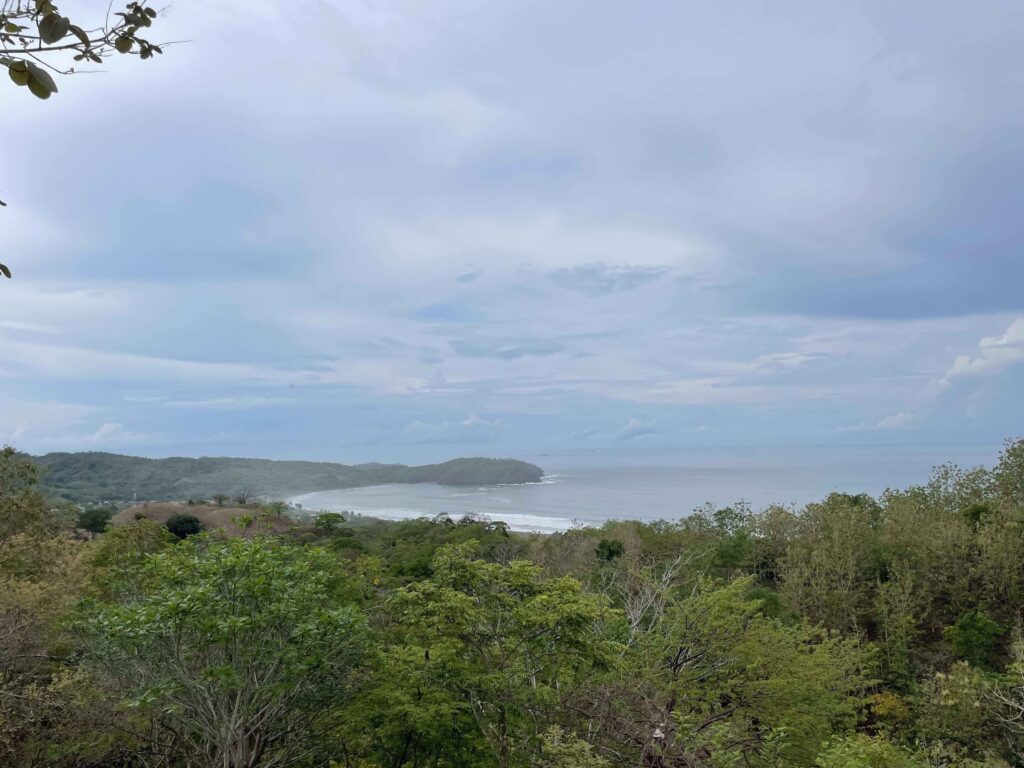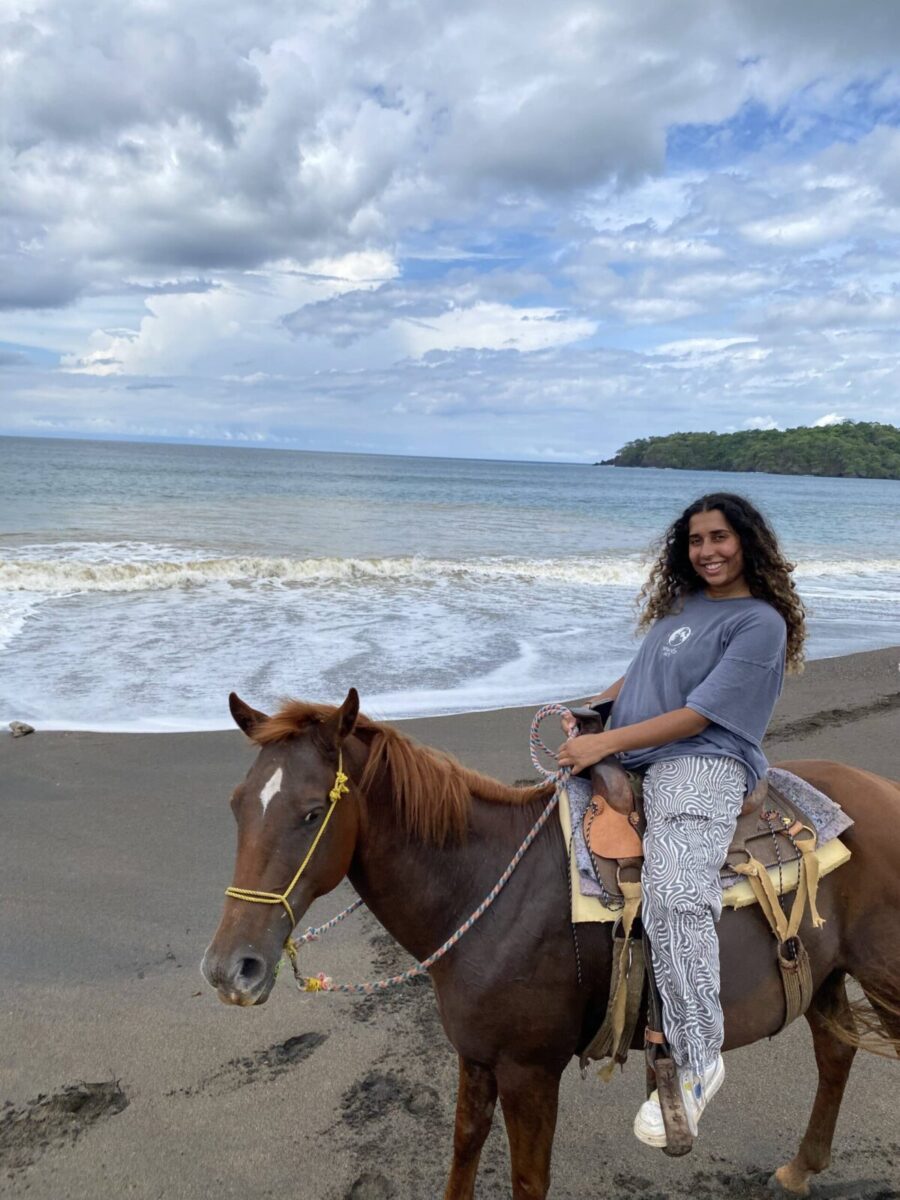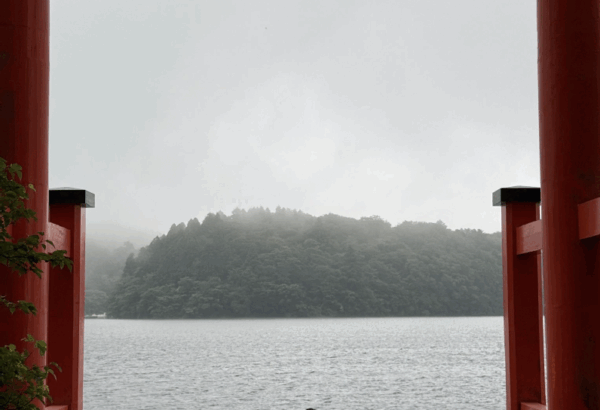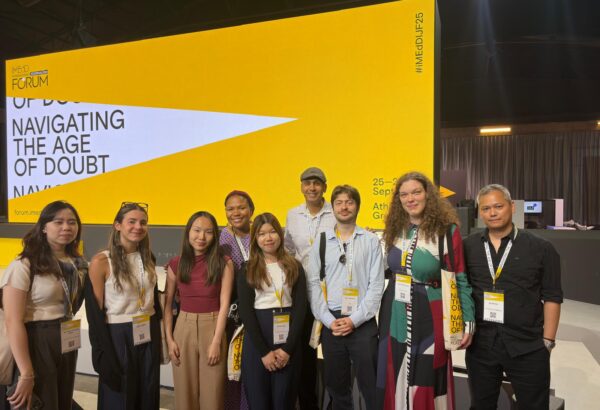The restaurant’s walls are adorned with glowing hanging lamps and the floors are covered with thick woven mats and colorful patterned cushions. It’s always filled with big groups squeezed together around round tables and seated cross-legged on the burgundy floor cushions. They pass around huge baskets of pita and dig into platters of food family style.
Playa Venayo – a THRIVING rural Panamanian town
The fact that a rural Panamanian town has a thriving Middle Eastern restaurant scene is surprising at first. But it shows just how rapidly the landscape of Playa Venao is changing – the ratio of foreigners to Panamanians increases every year and with that comes new cultures, food, and traditions. But also, as I’d soon learn, profound tension.
The name of the restaurant itself reflects the complex cultural identity of Playa Venao. In Spanish the suffix “eria” roughly translates to “the place for.” For instance, “panaderia” means the place for bread (a bakery) and “lavanderia” means the place for laundry (a laundromat).
This makes Hummuseria Playa Venao’s place for hummus. And unsurprisingly, hummus is the restaurant’s specialty.
“In Israel it’s very common to call your place Hummus-ia,” owner of the restaurant Gilad Sivan said. “Hummus-ia is the equivalent to Hummus-eria in Hebrew. So, it was really natural for us to call it Hummuseria to blend and fuse the names to make it one.”
Food is one way that people seek to make sense of Playa Venao’s complexities and grapple with their own cultural identity.
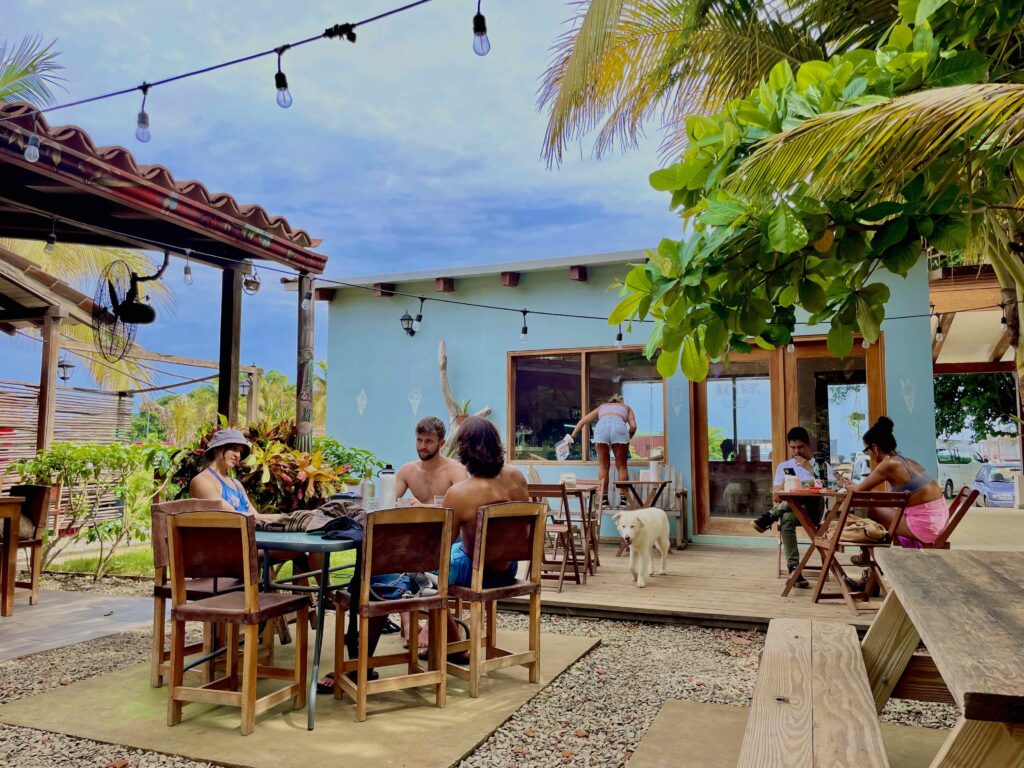
For Sivan the restaurant helps him feel connected with home. Sivan and his wife are from Israel, but his young children have spent the majority of their lives in Panama. He told me that he speaks mostly Hebrew to keep the language alive. However, keeping his children connected to Israeli culture and traditions is more complicated. Food helps him with that.
But perhaps the bigger question is what Playa Venao’s growth means for locals who have lived in the area for generations. I found that food is central to that equation.
One day I was sitting in the Hummuseria when I was approached by a man in his 30’s. He had come to the restaurant with a group laughing and bantering in Spanish. But when he saw me, he stopped. His eyes widened with awe and intrigue.
¿Eres tú la chica que está trabajando en el proyecto de escritura sobre Playa Venao? — Are you the girl who’s working on the writing project about Playa Venao?
Before I could even say yes, he started talking. He spoke about how the growing number of foreigners in Playa Venao has left Panamanians behind. He said that shops and restaurants owned by foreigners notoriously underpay local workers. It took him four job switches before he found a place that treated him fairly. He added that the massive wealth disparity between “extranjeros” (foreigners) and “nosotros” (us) has further fueled resentment among locals.
This highlighted the complex underbelly of Playa Venao’s development. This would not be the last time that I was approached by a stranger on the street who wanted to share their perspective.
INSIGHTS INTO “Venao Life”
The phrase “Venao Life” is quintessential around town. It’s the idea that in Playa Venao, life by the beach is always carefree. It’s clear that the foreigners in Venao get a slice of that life, but the story for local Panamanians is far more complicated.
For this man and his friends, one form of protest is through food. They go out of their way to buy food from the local empanada stand and arroz con pollo shack on the beach. He said that they are Hummuseria frequenters since its one of the few foreign-owned restaurants that treats local workers well.
After this day I began to see Playa Venao’s food scene from a new lens. In a landscape filled with food, if you look closely, you can tell which are the places that locals support.
In the hierarchy of power in Playa Venao, local Panamanians often feel that they lack the influence and financial means to shape the town’s future. But when it comes to food, they stick together in solidarity to leave their mark and make their beliefs known. To eat is to fight for Playa Venao’s core identity.
Anusha Mathur’s work was supported by the Pulitzer Center’s Student Reporting Fellowships. Read more about Anusha Mathur and the Pulitzer Center at: https://pulitzercenter.org/people/anusha-mathur.”
